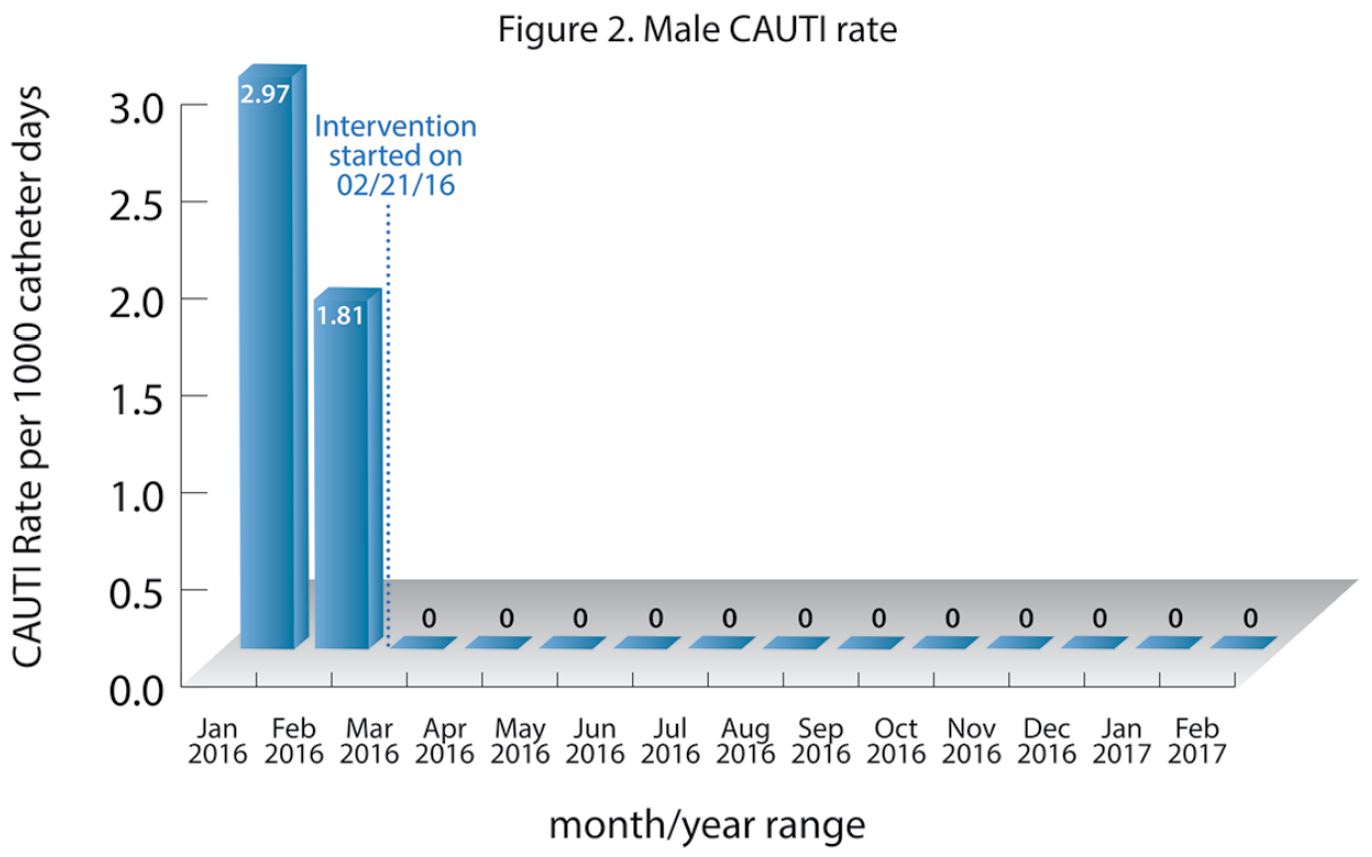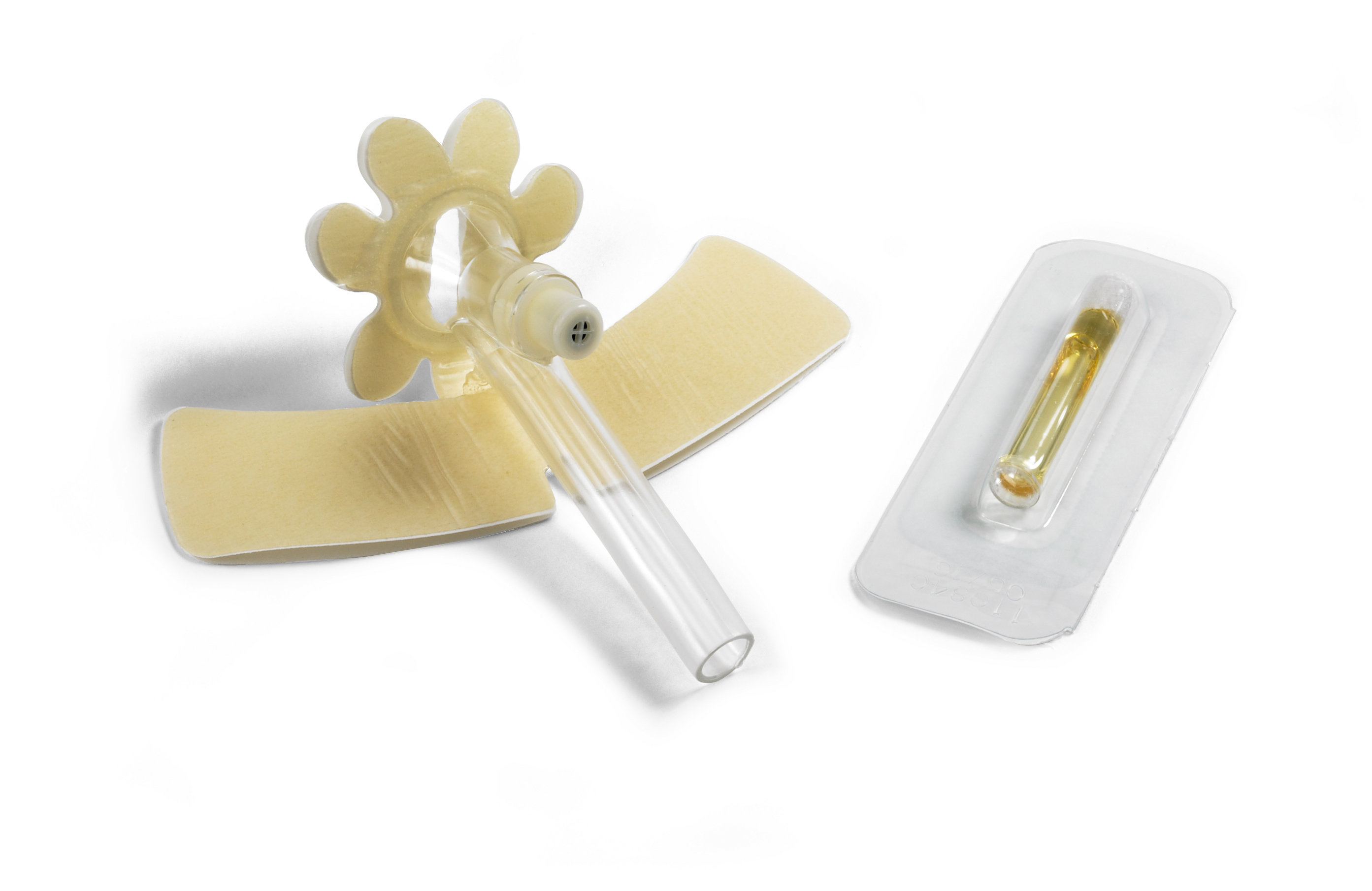
As posted previously, the Affordable Care Act (ACA) established penalty measures for the performance of acute care hospitals. In fact, some measures are penalized in multiple programs1,2:
- VALUE-BASED PURCHASING PROGRAM (VBP) – For more information about the VBP Program, see our previous blog.
- HOSPITAL-ACQUIRED CONDITIONS (HAC) REDUCTION PROGRAM – For more information about the HAC Reduction Program, see our previous blog.

According to the Centers for Disease Control and Prevention (CDC), urinary tract infections (UTIs) are the most common type of healthcare-associated infection reported to the National Healthcare Safety Network.3

What can be done?
A poster, Taking the Next Steps for Patient Safety and Excellence in CAUTI Prevention, was recently presented at the 44th Annual Conference of the Association for Professionals in Infection Control and Epidemiology (APIC).4 The poster described a nurse-driven quality improvement initiative designed to:
- reduce urinary device days
- decrease the Foley Utilization Rate (FUR), which is calculated by dividing the number of Foley catheter days by the number of patient days5
- lower the CAUTI rate
The initiative sought to determine if switching from an indwelling (Foley) catheter to a different male external continence device (ECD) could reduce the negative outcomes associated with the Foley catheters.
The results of switching to an ECD resulted in:
- a 46% decrease in total urinary device days
- decreased the FUR from a high of 0.41 in to a low of 0.19 (with a 0.25 average)
- lowered the CAUTI rate to 0 (See Figure 1 below.)

Figure 1. CAUTI Rate
The poster’s author noted some important clinical implications:
- Adherence to appropriateness criteria for indwelling catheter placement can help prevent unnecessary risk for CAUTIs.
- Use of an ECD as an alternative to indwelling Foley catheters may reduce the CAUTI incidence rate.
- The intervention resulted in an overall decrease in total urinary device days and Foley catheter days.
The ECD used and represented by an image on the poster was the ReliaFit® Male Urinary Device marketed by Eloquest Healthcare®:

The results clearly support the poster’s title and provide impressive rationale for taking proactive steps for preventing CAUTIs in the acute care hospital setting. Download the poster here.
Come back to read our next blog, “SSIs and Post-op dressings: What’s missing?”
References:
- Hospital Value-Based Purchasing. Department of Health and Human Services, Centers for Medicare & Medicaid Services. https://www.cms.gov/Outreach-and-Education/Medicare-Learning-Network- MLN/MLNProducts/downloads/Hospital_VBPurchasing_Fact_ Sheet_ICN907664.pdf. Published September 2015. Accessed June 1, 2017.
- FY 2017 HACRP Key Dates Matrix. Hospital-Acquired Condition Reduction Program (HACRP). Centers for Medicare & Medicaid Services. https://www.cms.gov/Medicare/Medicare-Fee-for-Service-Payment/AcuteInpatientPPS/HAC-Reduction-Program.html. Accessed June 1, 2017.
- Healthcare-associated Infections: Catheter-associated Urinary Tract Infections (CAUTI). CDC website. https://www.cdc.gov/hai/ca_uti/uti.html. Accessed June 1, 2017.
- Quayle BL. Taking the next steps for patient safety and excellence in CAUTI prevention. Poster presented at: APIC 44th Annual Conference. June 14, 2017; Portland, Oregon.
- Urinary Tract Infection (Catheter-Associated Urinary Tract Infection [CAUTI] and Non-Catheter-Associated Urinary Tract Infection [UTI]) and Other Urinary System Infection [USI]) Events. CDC website. https://www.cdc.gov/nhsn/pdfs/pscmanual/7psccauticurrent.pdf. Published January 2017. Accessed June 1, 2017.







